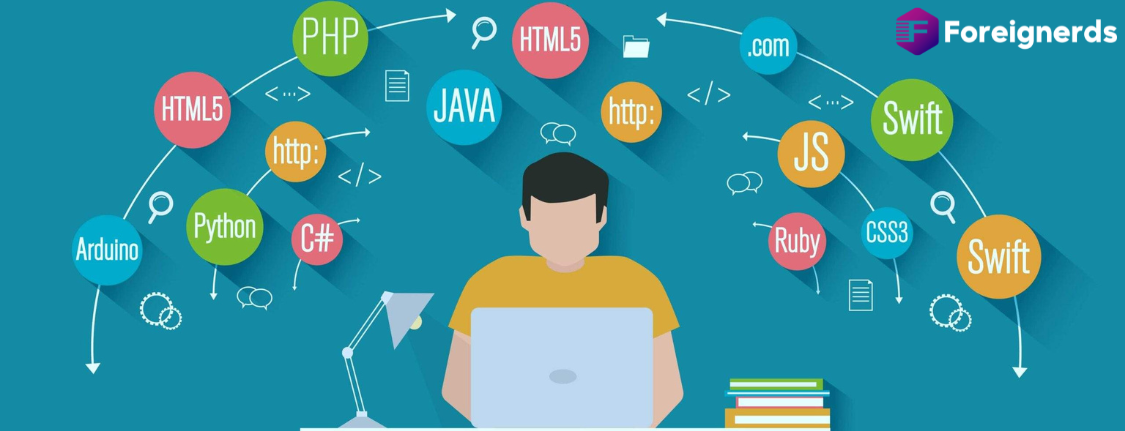- Home
- software development
- What Is a SaaS Business Model...

The world of business is constantly evolving, and with the advent of technology, new models are emerging that can transform industries. One such model that has been gaining traction is the Software as a Service (SaaS) business model. In this article, we will delve into what a SaaS business model is and how it works, shedding light on its popularity and the benefits it offers to both businesses and customers.
SaaS, or Software as a Service, is a model in which software is owned, supplied, and managed remotely by one or more providers. This software operates in the cloud, making it accessible through web interfaces, as well as desktop and mobile applications, offering a high level of convenience to users. Instead of purchasing the software outright, users pay a recurring subscription fee to access it.
There are various SaaS applications, each tailored to specific business needs. Here are some of the most popular types:
CRM software helps businesses manage client information and track sales. It’s a valuable tool for sales and marketing teams.
ERP SaaS applications are designed for large organizations, helping them streamline and manage various aspects of their business, including finances, human resources, and supply chain.
Businesses use accounting and invoicing software to handle billing and invoicing services efficiently, reducing administrative workloads.
SaaS project management tools facilitate effective communication and collaboration among team members, making it easier to track and complete projects.
Remote servers and eCommerce platforms are vital for businesses looking to establish a strong online presence, manage their websites, and handle online sales.
HR SaaS applications help manage payroll, employee engagement, and the hiring process, enhancing HR operations.
SaaS products designed for data management offer valuable tools for data analysis and ensuring the security of business information.
The SaaS business model is favored by businesses for several reasons:
SaaS eliminates the need for expensive software installations, licensing fees, and infrastructure costs. Users can adjust their expenses based on their usage, making it a cost-effective choice.
SaaS allows businesses to scale up or down as needed. They can pay for what they use, providing flexibility in adapting to changing requirements.
SaaS tools are cloud-based, offering immediate access with minimal setup. Users can start using the software without time-consuming installations.
The accessibility of SaaS tools from anywhere in the world encourages higher adoption rates. Users are more likely to stick with the product if they experience immediate benefits.
SaaS software upgrades are generally seamless, often occurring without user downtime. This is a significant advantage for businesses that can’t afford disruptions during updates.
A typical SaaS business goes through three primary stages:
In the startup phase, the company creates a working product and starts marketing it to new customers.
This phase involves rapid growth as more clients adopt the product. It necessitates scaling infrastructure and addressing technical challenges effectively.
In the stability stage, the SaaS business reaches a level of consistent profitability, acquires new users, and manages customer churn effectively.
The SaaS model offers advantages to both businesses and their customers:
There are two primary approaches to selling SaaS:
Low-touch SaaS primarily involves online sales through a SaaS website, email, and often includes free trials optimized for onboarding. It’s commonly used for B2C products and services.
High-touch SaaS sales, on the other hand, utilize human staff to convince potential clients, and it’s more common in B2B environments. Sales development representatives, account executives, and account managers play key roles in this approach.
To gauge the success of a SaaS business, several essential metrics should be monitored:
Churn rate measures the number of customers who stop using the service within a specific period. A lower churn rate indicates higher customer satisfaction.
CAC calculates how much time and money is required to acquire a new user. It’s a crucial metric for assessing profitability.
MRR reveals the expected monthly revenue, helping businesses understand variations in income.
ARPA shows the revenue derived from a single client over a set period, aiding in pricing strategies.
CLV estimates the revenue generated from users during their subscription period, aiding in long-term strategy.
CRR reflects the percentage of customers who continue to use the software, providing insight into customer loyalty.
WordPress, a versatile content management system, is increasingly being used to build SaaS platforms. Its extensive library of plugins and customization options make it a viable choice for SaaS development. However, there are challenges, including adapting to evolving programming languages, managing technology stacks, finding skilled talent, and ensuring the right fit for your project.
The SaaS business model continues to gain momentum due to its cost-efficiency, flexibility, and ability to offer quick benefits to users. For businesses, it provides a predictable stream of recurring revenue and opportunities for continuous improvement. As the SaaS industry evolves, staying attuned to market dynamics and delivering unique solutions is key to success.
© 2013 - 2025 Foreignerds. All Rights Reserved